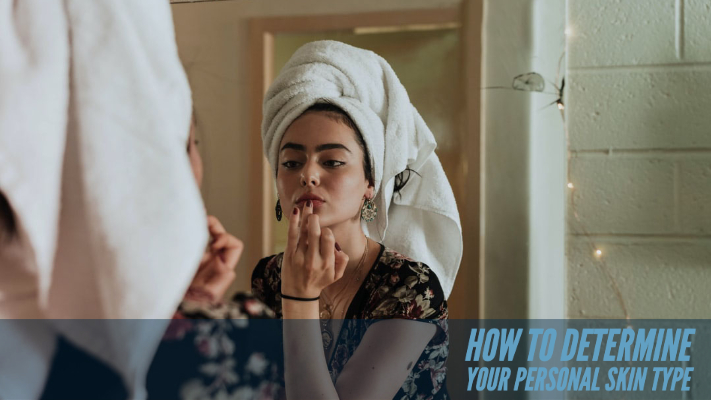Your Guide to Skin and Acne Types

If you aren’t a trained dermatologist, building a skincare routine from scratch can be a daunting task. The skincare market is oversaturated with an immense diversity of products for a vast array of different skin types. There are so many cleansers, moisturizers, masks, serums, toners, and exfoliants out there that choosing the right ones can feel impossible. It can be difficult even to know where to start.
When building your personalized skincare routine, try to remember that there are some tried and true skincare structures and guidelines you can adopt that can make the process relatively simple. This guide will get you started on your skincare journey by going through that key first step: figuring out exactly what kind of skin you’re dealing with. From there you will be able to build your skincare routine with the confidence that your products will work for you.
Determining your skin type
While it’s true that many products will work for a variety of skin types, going into this process armed with some general truths about your skin will help you to establish an effective routine with minimal trial and error. When it comes to analyzing your own skin, you can break it down into three categories to pinpoint your skin’s exact specifications: type, conditions, and proclivities.
The type can be the most difficult to discern. If you have skin that tends toward hyperactive sebum production, you have oily skin. Most individuals with a naturally oily complexion have probably diagnosed this element of their skin type already. It leaves your skin shiny and can contribute to acne, as acne-causing bacteria feed on your skin’s oils.
Often, people will experience high oil production only in certain seasons or just on specific parts of their face. This is known as combination skin and can be a bit trickier to care for. You may find that some parts of your face can have a good balance of oils or even be too dry while others remain extremely oily. Or you might find that your skin is very oily in the spring and summer months, but during winter it dries up.
Alternately, some folks have skin that is consistently dry. Often this is experienced as noticeable tightness or itchiness in the face or as skin that is visibly flaky and inelastic. This is a sign that your skin is not producing enough sebum to keep your face nourished and lock in moisture.
Of course, some people are blessed with skin that produces the optimal amount of oil in every part of their face. Not only is this skin type more consistent, less temperamental, and generally easier to care for, it also gives you the greatest flexibility when it comes to what products you can use.
The different kinds of acne
Acne plagues countless people all over the world. While some folks win the skin lottery and don’t have to deal with this embarrassing and often painful condition, many others are not so lucky.
It’s important to remember that “acne” is an umbrella term that encompasses a variety of skin conditions that require different treatments, some involving appointments with a licensed dermatologist. Here is a quick rundown of the different types of acne and a brief mention of ways to treat them:
- Comedones develop at the base of hair follicles. These occur when dead skin cells and excess sebum clog the pore from which the hair emerges. They can present as whiteheads, also known as closed comedones, or blackheads, also known as open comedones. One way to avoid comedones of both kinds is to stick to products that are labeled “non-comedogenic” and dermatologist-approved.
- Whiteheads, papules, and pustules all form when the pus of a clogged pore is at or raised above the skin. The precise designation of these pimples depends upon the presence and characteristics of inflammation which can occur around the site of the pore.
- Cysts and nodules are forms of acne that are more severe and difficult to treat. These painful formations result from clogs deeper down in the skin, and generally require treatment by a licensed dermatologist. The persistent presence of these formations is referred to as nodulocycstic acne.
Congratulations on completing this first step of learning about skin and acne types! If you have decided you want to book an appointment with a dermatologist, most primary care doctors will be able to give you a referral. You should be visiting the doctor at least once a year anyway, so make it a point to ask at your next visit.
Whether you’re dealing with severe acne or you simply want your face to feel a bit softer and more hydrated, there is a skincare routine out there for you.
